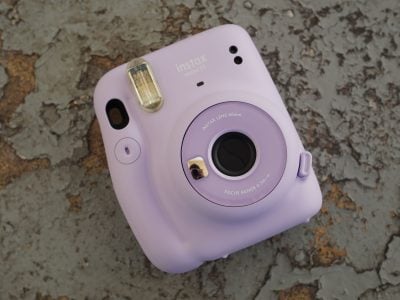Fujifilm INSTAX Mini 11 review
-
-
Written by Gordon Laing
The INSTAX Mini 11 is the latest instant camera to use Fujifilm’s enormously popular INSTAX Mini film. Launched in February 2020 and available in five pastel colours, the Mini 11 produces small prints using a fully analogue process that takes roughly 90 seconds for the picture to appear after you’ve taken it.
The concept is the same as earlier models, but the 11’s now smaller and makes the process easier with auto exposure, better results in low light, and more convenient close focusing; some of these features have been available on pricier INSTAX models in the past but the 11’s made them more affordable.
The Mini 11 camera costs around 69 dollars or pounds, roughly ten more than the Mini 9 it replaces; yes, there was a Mini 10, but long ago in the series, so Fujifilm’s skipped straight from 9 to 11 here. Meanwhile INSTAX Mini film costs around 15 dollars or pounds for a pack of 20, which works out around 75 cents or pence a print. Packs of 50 prints work out a bit cheaper, and Fujifilm sells a variety with different border styles if you fancy it, including the new Blue Marble.
[custom_field field="ad-in-content" post_id="23691" limit="0" /]Like earlier Instax cameras, the Mini 11 is extremely simple to use. Round the back you’ll find a large door for loading film, although do check the window first for a yellow mark which means you’ve already got a cartridge loaded; if you do, a counter towards the bottom right will tell you how many shots you have left. If the counter says S, you’re safe to open the door and load a new cartridge – just align the yellow mark on the cartridge with the one on the camera, push it inside, then close the door. Next switch on the camera by pushing the button to the corner of the lens which extends the barrel. Before you can take any photos, you’ll first need to eject the initial safety sheet, so just push the shutter button and it’ll pop out; you can throw this away. Now the counter on the rear will indicate you have ten shots remaining and you’re good to go.
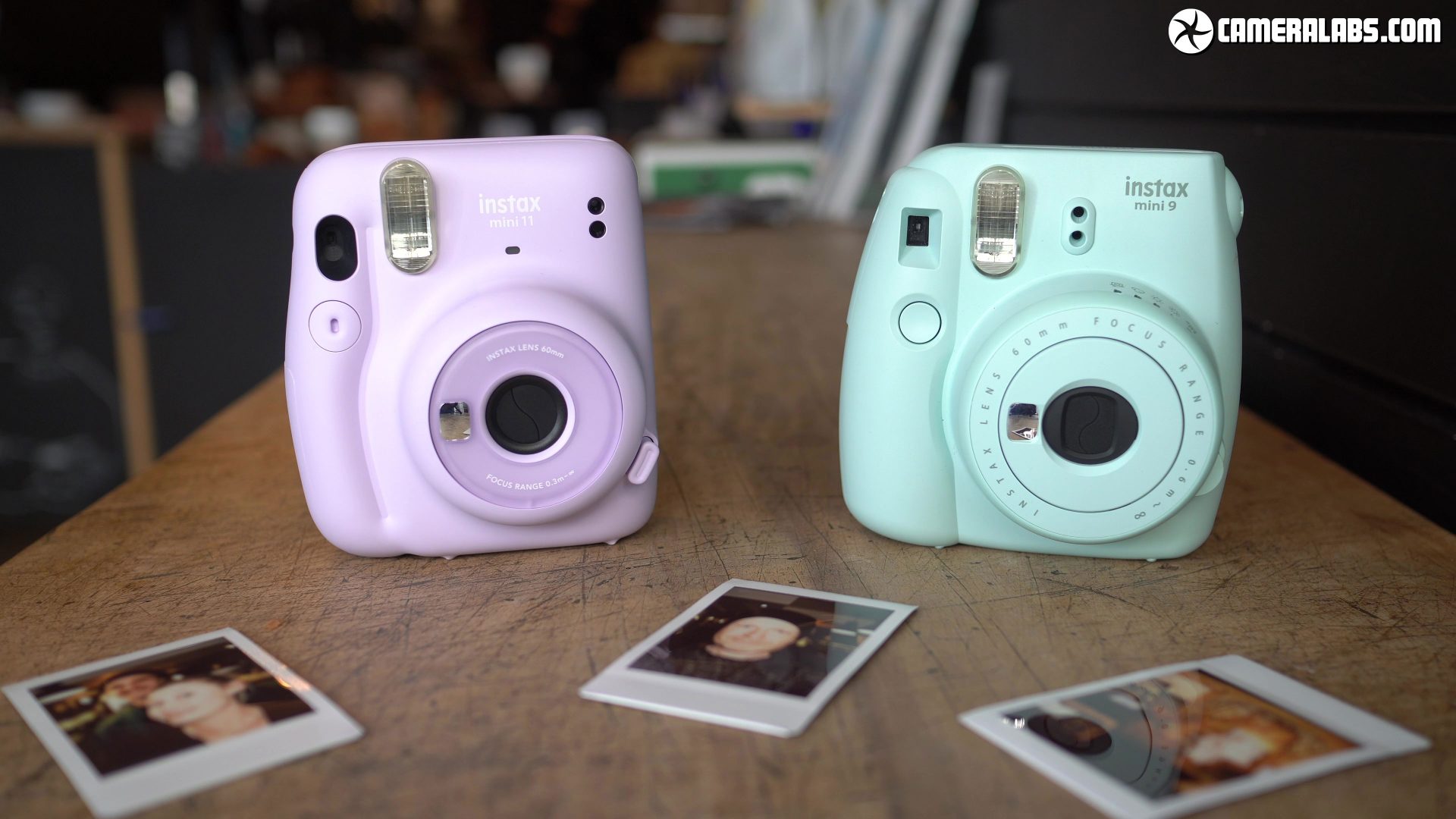
So far so similar to the earlier models, so what’s new? Here’s the new Mini 11 on the left in Lilac Purple, and the previous Mini 9 on the right in Ice Blue – two of my favourite finishes. You can see the basics are the same but that the Mini 11 is narrower, giving it slightly less of a grip, but of course occupying less space in your bag or pocket. Both models use a simple optical viewfinder for composing when you’re behind the camera, or a small mirror to the left of the lens for selfies; this was introduced on the Mini 9 and works surprisingly well, but like all analogue INSTAX cameras, expect some framing inaccuracies with the viewfinder especially as you get close. Both also share the same flash which fires automatically with every shot.
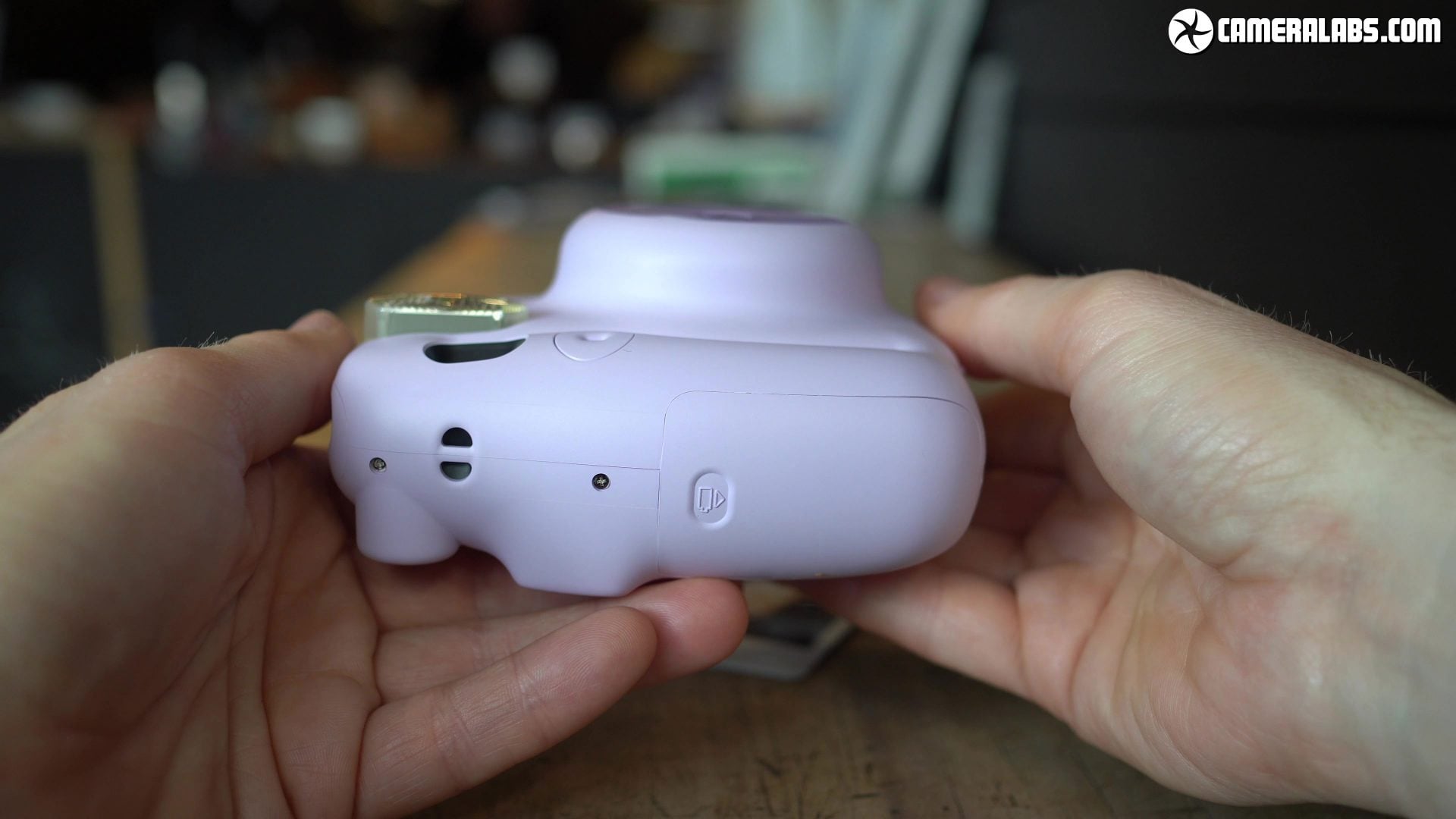
Both are powered by a pair of AA batteries housed in a compartment on the grip side and good for around 100 shots, or 10 packs of film. Round the back, the newer Mini 11 sports an embossed INSTAX logo on the rear, but otherwise the film loader remains the same. Meanwhile a couple of small holes on the left side allow you to attach the supplied hand-strap.
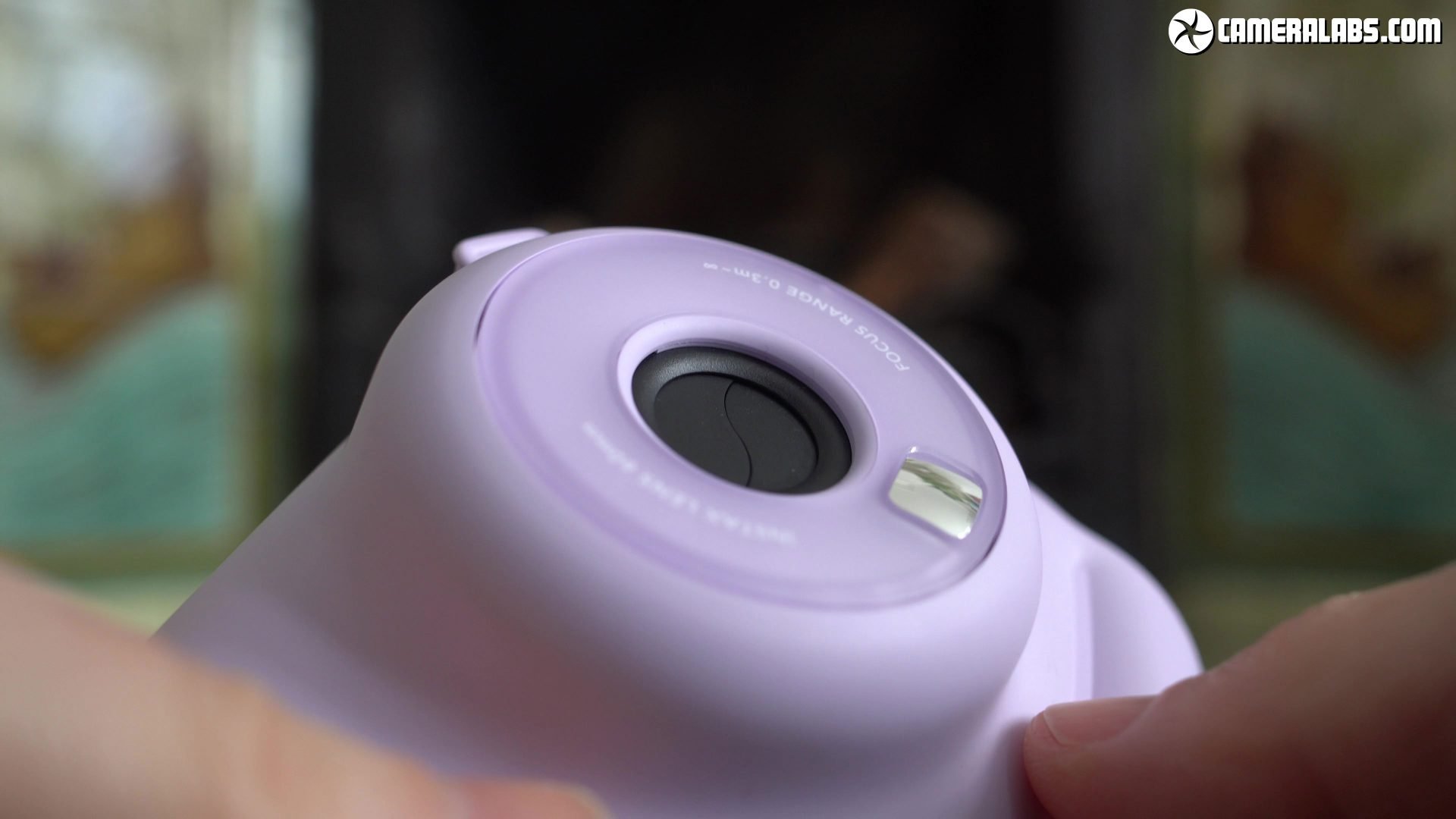
Both cameras employ a 60mm lens which on the Mini format delivers coverage equivalent to around 34mm – that’s mild wide angle, ideal for general use from portraits and selfies to buildings and landscapes.
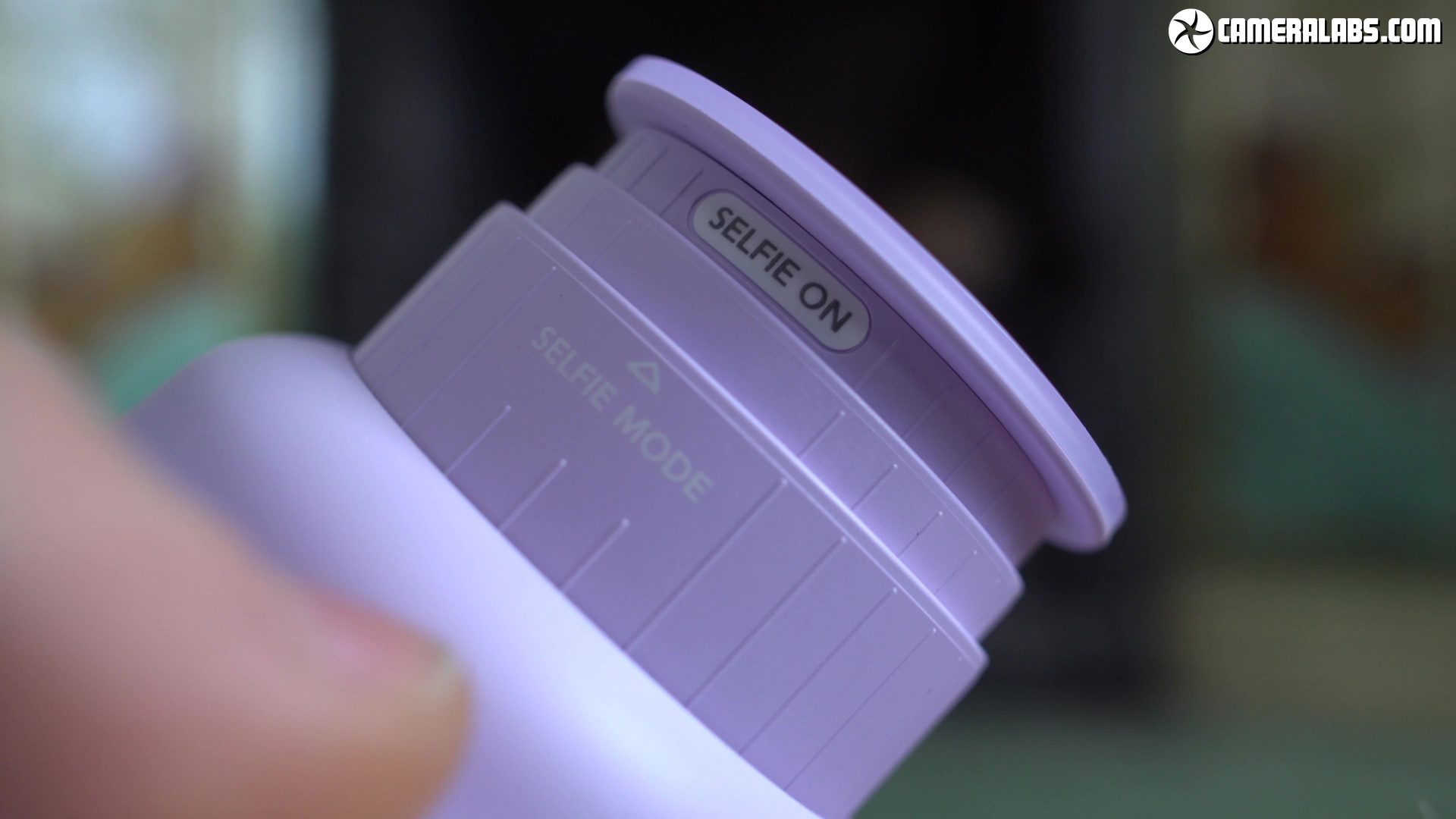
Both models also require you to push a button in the corner to power-on and extend the barrel for use. As standard, both lenses can focus between about half a meter to infinity, but closer focusing is where they differ. On the older Mini 9 you’d need to clip-on an easily lost adapter to focus any closer, but in the first major upgrade the newer Mini 11 now lets you simply pull out the lens barrel a notch further to reveal a selfie mode, although it’ll work for any close subject. Their closest focusing ranges may become the same 30 to 50cm, but it’s so much easier to access on the Mini 11, making it more convenient, especially for selfies.
The Mini 11 also handles exposures differently to the Mini 9. On the older model, the shutter speed was fixed at 1/60, with the exposure manually controlled by four aperture settings around the lens. In use the camera would suggest the one it thought was best with a light on the barrel, but then you had to manually turn the ring to match it. Why do I have to do it?
Now on the Mini 11, the aperture is fixed and the shutter speed varies automatically between 1/250 and half a second, giving it a broader range than the Mini 9, and in theory allowing it to better-handle very dim or bright conditions.
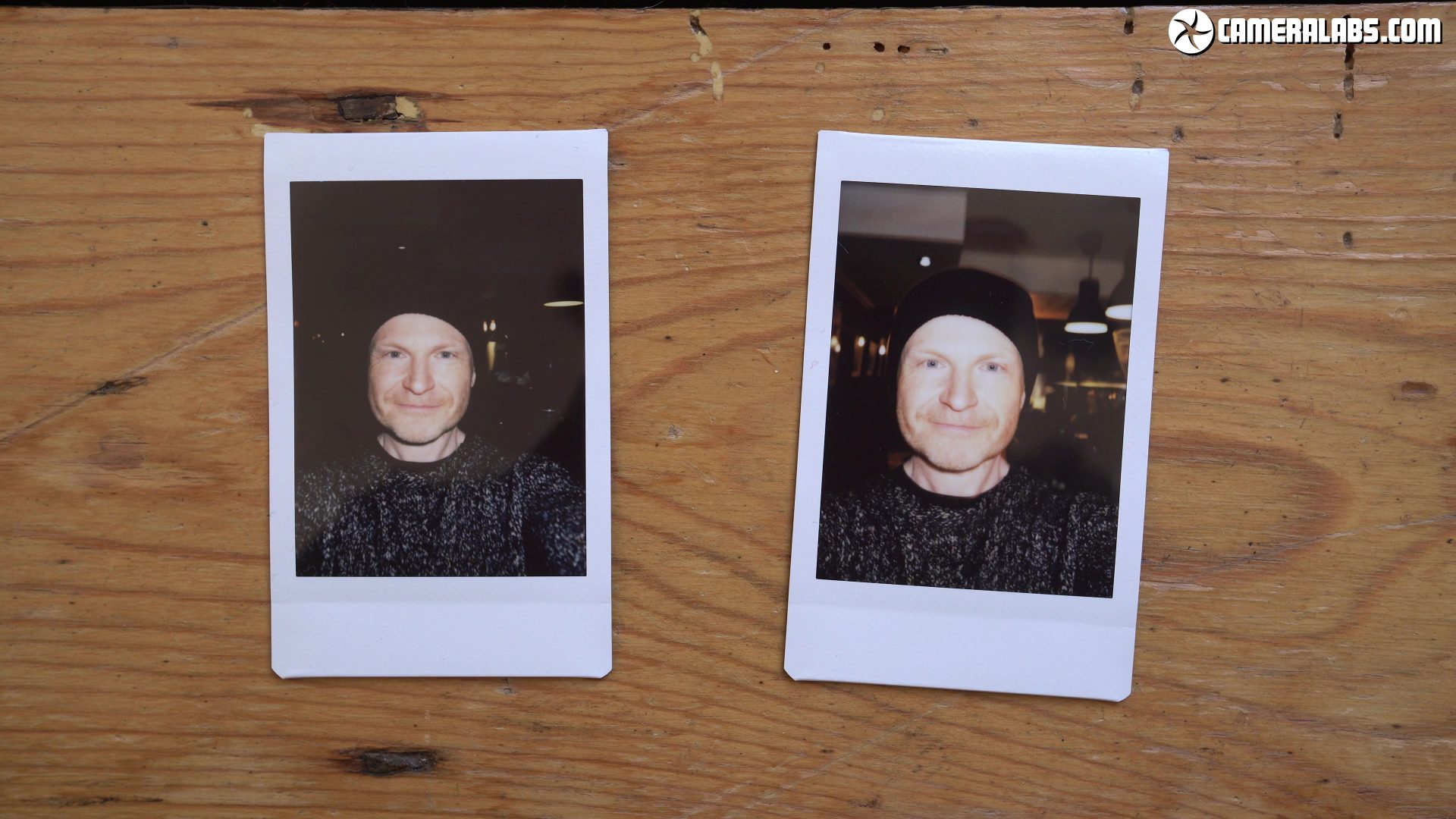
To put this to the test I photographed a bunch of subjects with both the Mini 11 and the Mini 9 side-by-side to see how they’d handle the same conditions. First some mid to low light selfies which is arguably where INSTAX is used the most. Here’s a shot of yours truly on the left with the Mini 9 and on the right with the Mini 11. You can see straightaway the selfie extension on the 11 has produced a slightly tighter view than the 9 without its adapter (I forgot to bring it out), but the big difference is in the background. It wasn’t that dark in the cafe, but the Mini 9 on the left has made it look like I’m in a club with a very dark background. In contrast the Mini 11 on the right combined the flash with a slower exposure to record more of the light in the background and I’d say it looks much better.
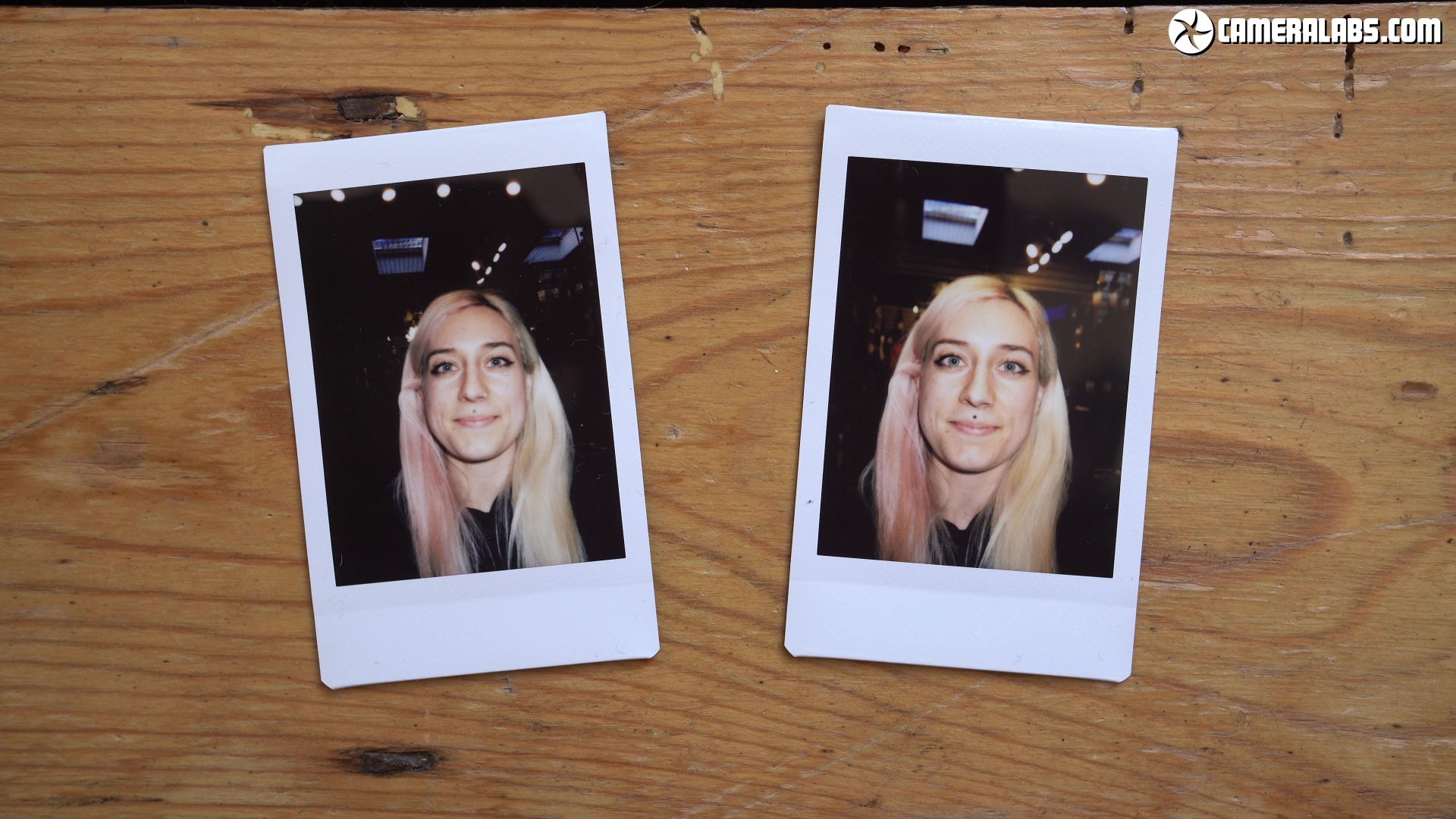
To prove it’s not an isolated incident, here’s another example, taken in a shop, where again you really wouldn’t know anything about the location from the Mini 9 on the left, but the Mini 11 version on the right has recorded more of the background for a better-looking result. I’d say it’s worth going for the Mini 11 versus the 9 for this slow-synchro capability alone.
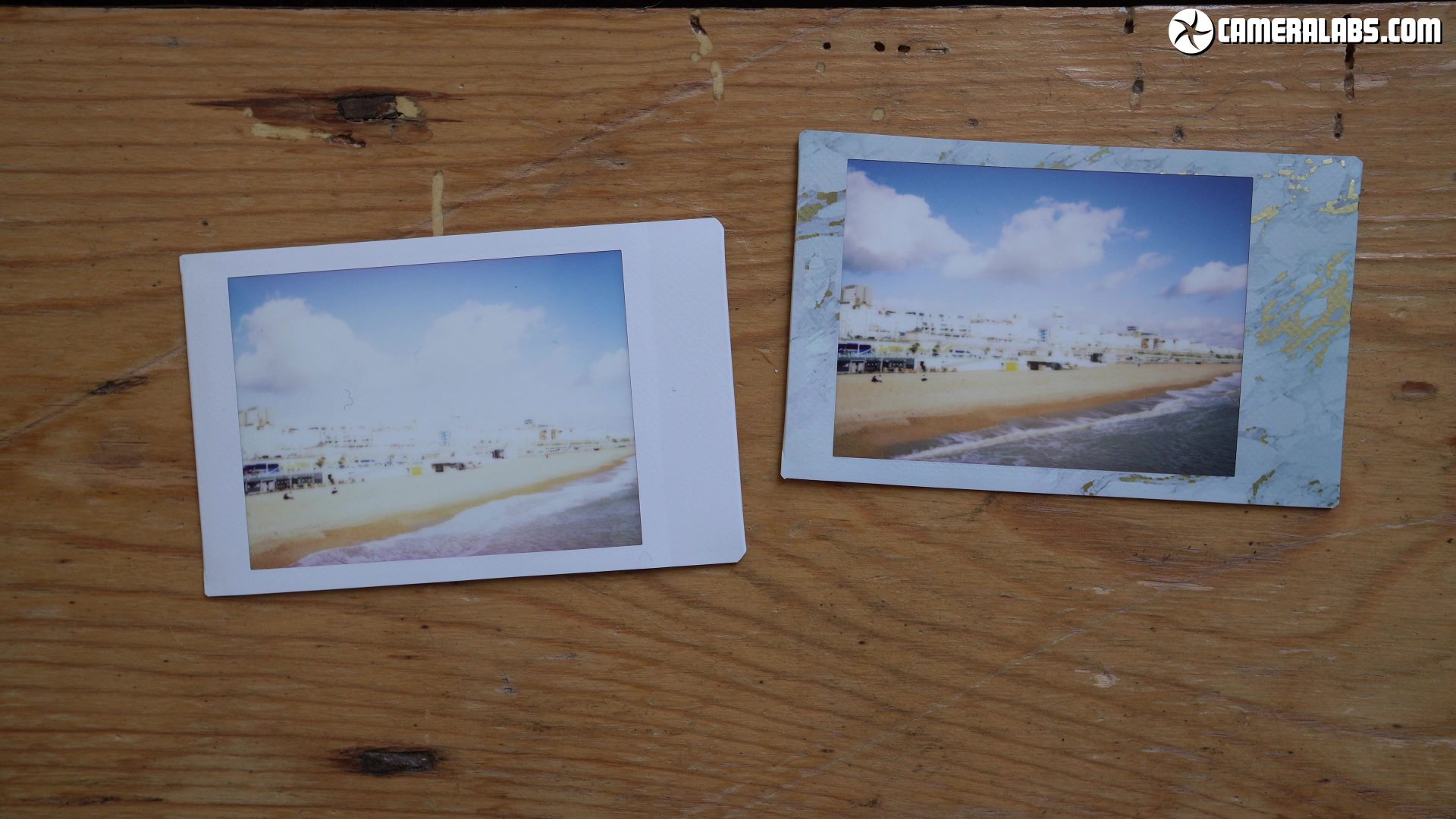
At the other end of the scale, I noticed the earlier Mini 9 could struggle with bright outdoor scenes. Here’s an example where on the left I used the Mini 9 which even with its smallest aperture is clearly over-exposing – and remember this is in England, not Spain or California. Meanwhile on the right is the same shot taken moments later with the Mini 11, and while you can see it’s certainly handling the brightness better, it’s still over-exposing. I reckon it’s now only over-exposing by about a stop, so extending the shutter range on future models from 1/250 to 1/500 could resolve this situation and make INSTAX more usable in bright outdoor scenes. As it stands though, the Mini 11 may be better than the 9 outdoors, but still over-exposes more than I’d like, making it more of a camera for shaded or interior use.
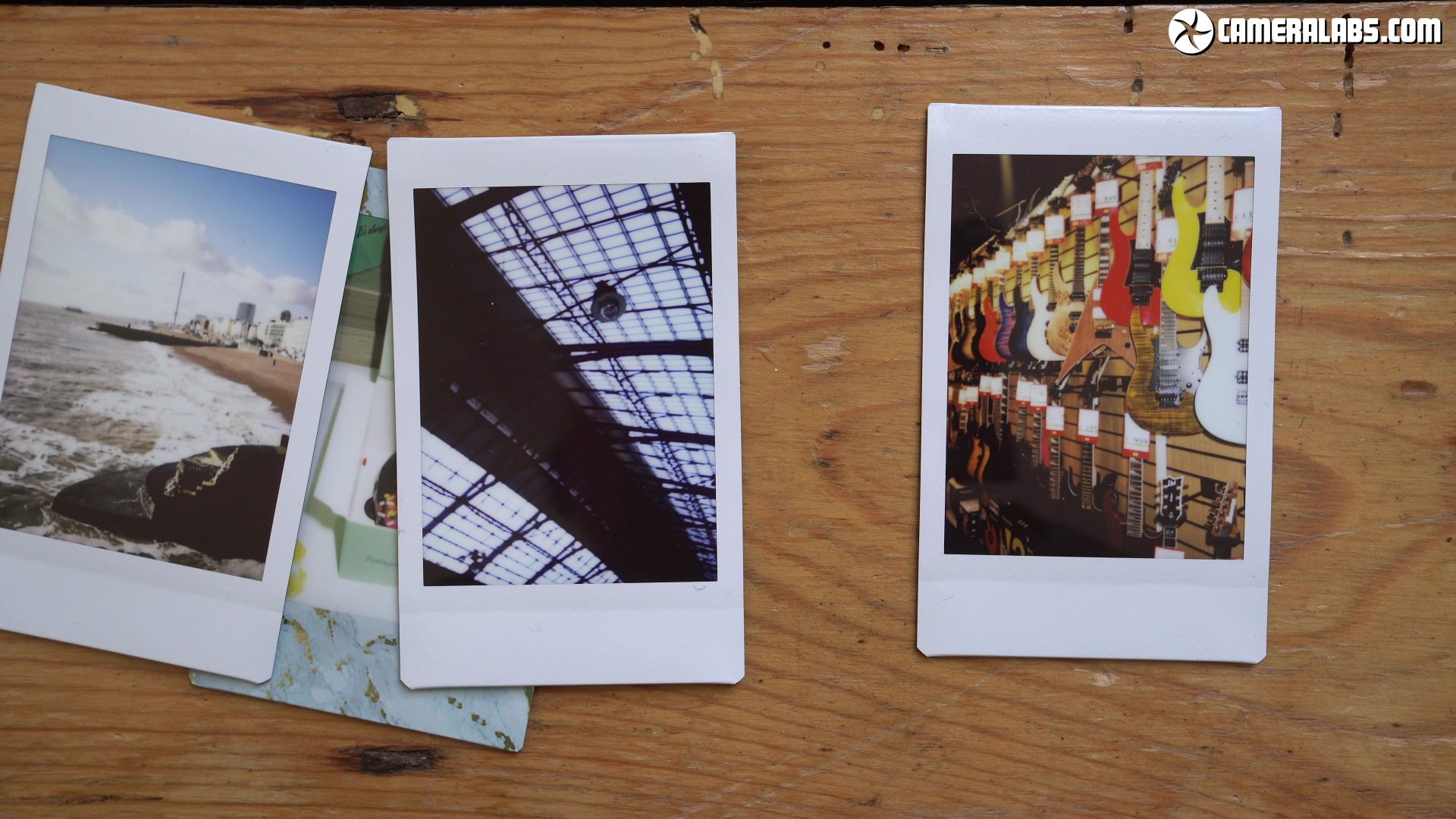
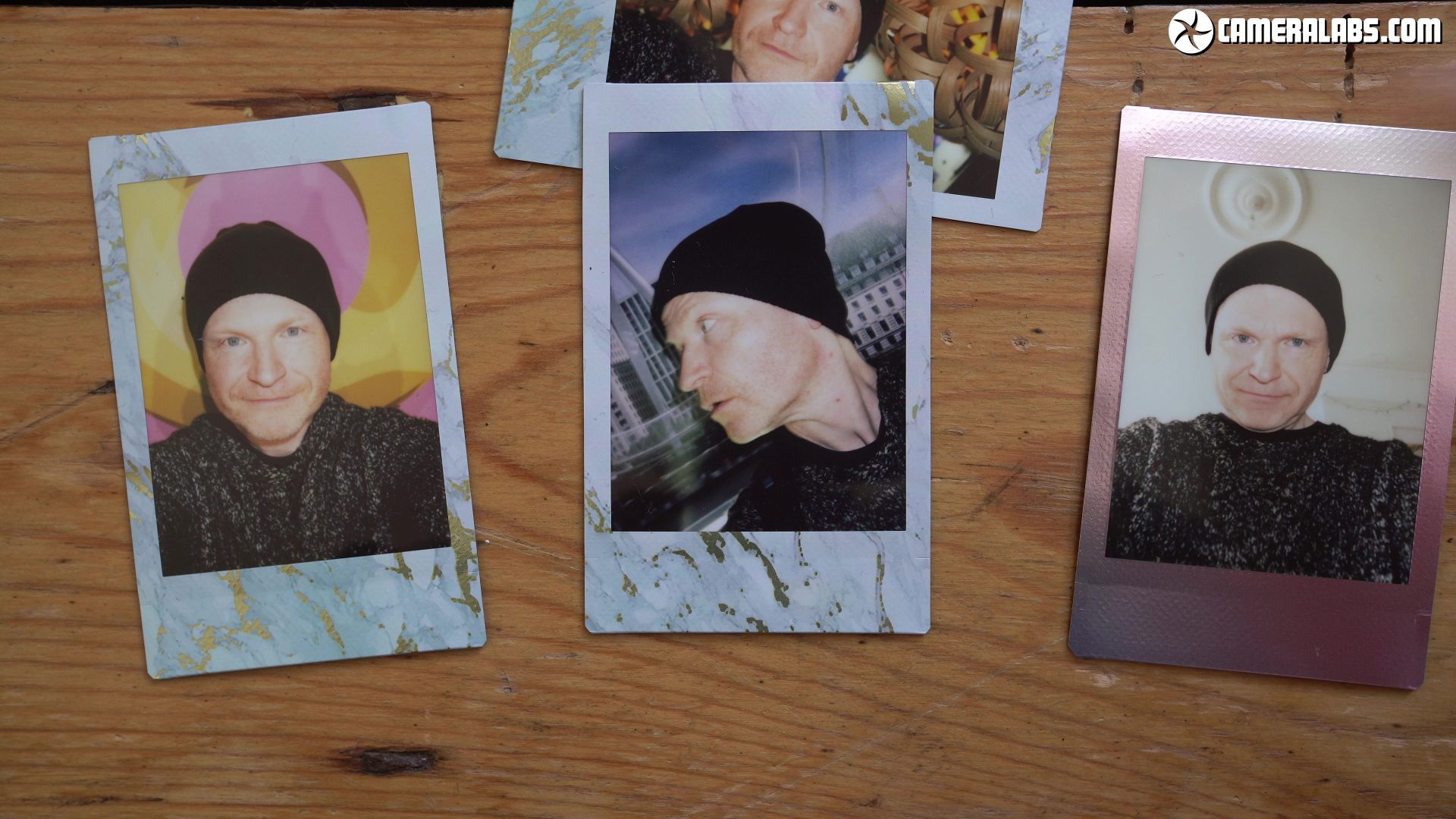
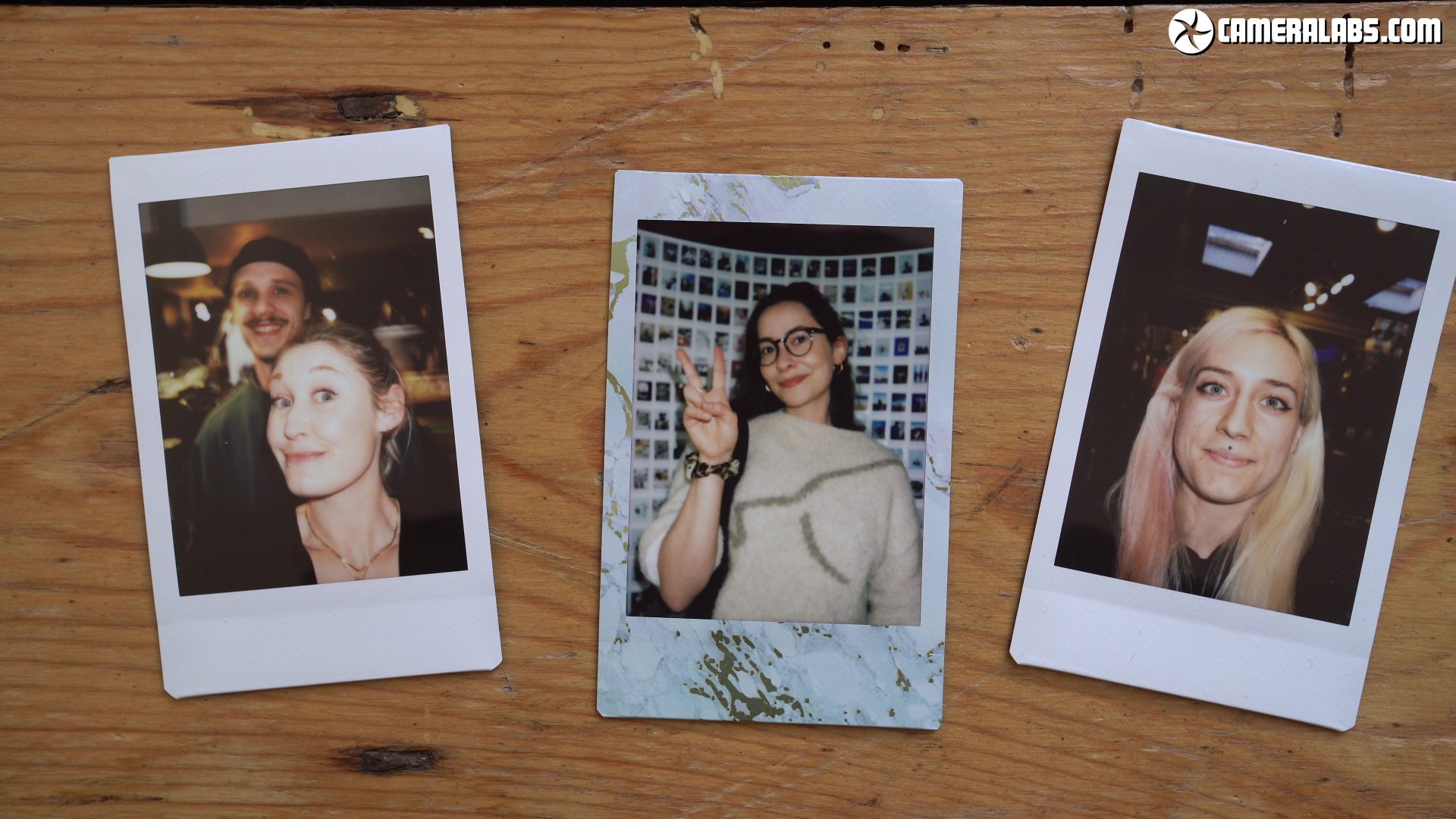
Here’s a few more shots around town with the Mini 11. The photo quality is unsurprisingly similar to the Mini 9, albeit with the extended exposure range, but there’s no denying the charm of the INSTAX process. I love the stylised look of the prints, as did everyone I showed them too. It’s by far my favourite of the instant formats.
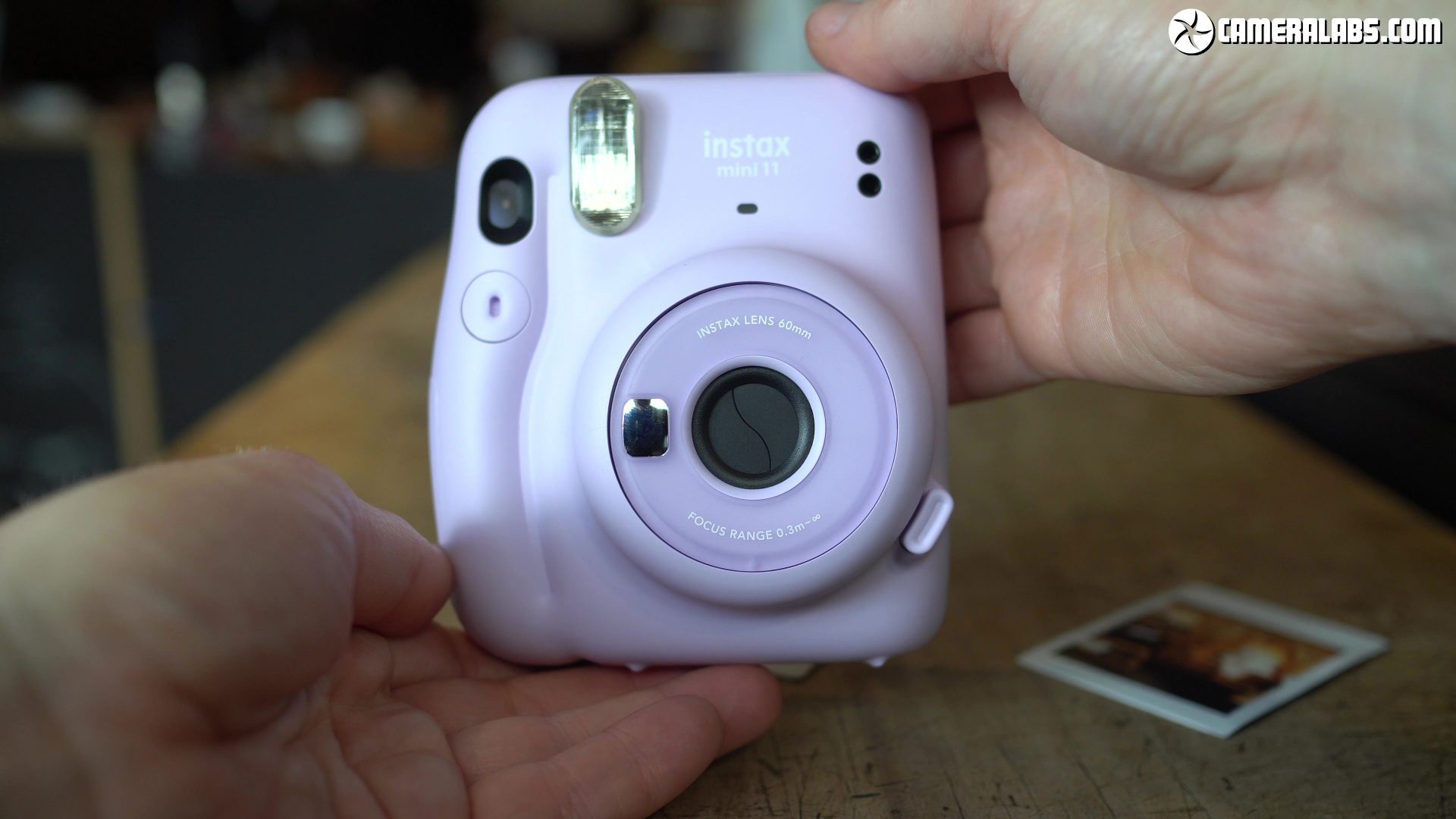
Overall the INSTAX Mini 11 is the best budget INSTAX to date, especially if you’re into selfies or portraits. It inherits the selfie mirror or the Mini 9, but makes closer focusing much more convenient with an extendable lens rather than an easily lost adapter, while the broader exposure range produces better-looking results especially in low light, revealing much more of the surroundings. The viewfinder’s still not 100% accurate especially at closer range and the camera still struggles in bright conditions where you’ll often suffer from over-exposures, but if you mostly shoot in dimmer conditions or interiors, the updates are well worth the ten dollar difference in price over the 9. And as for framing inaccuracies? Well that’s arguably part of the charm.
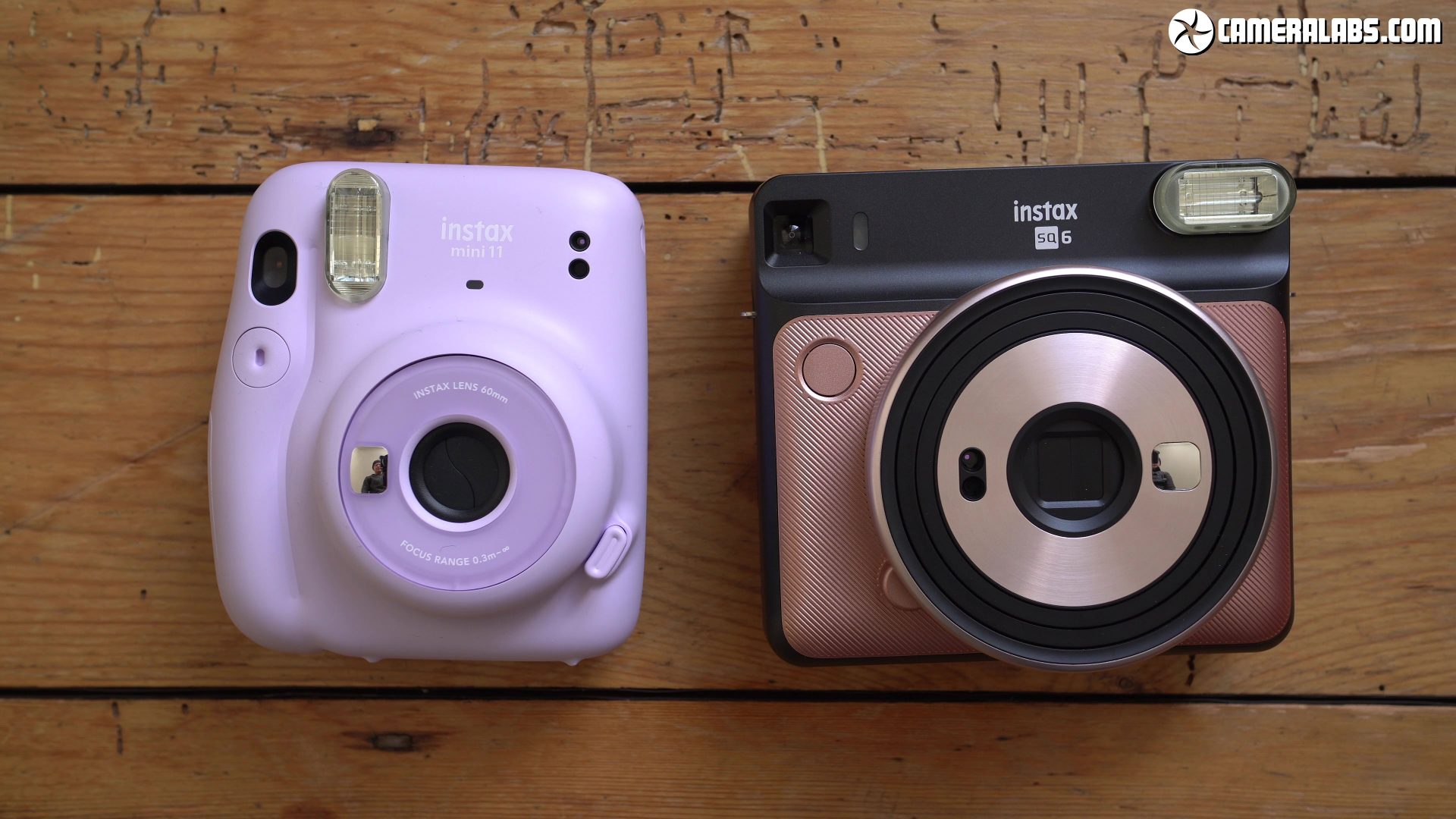
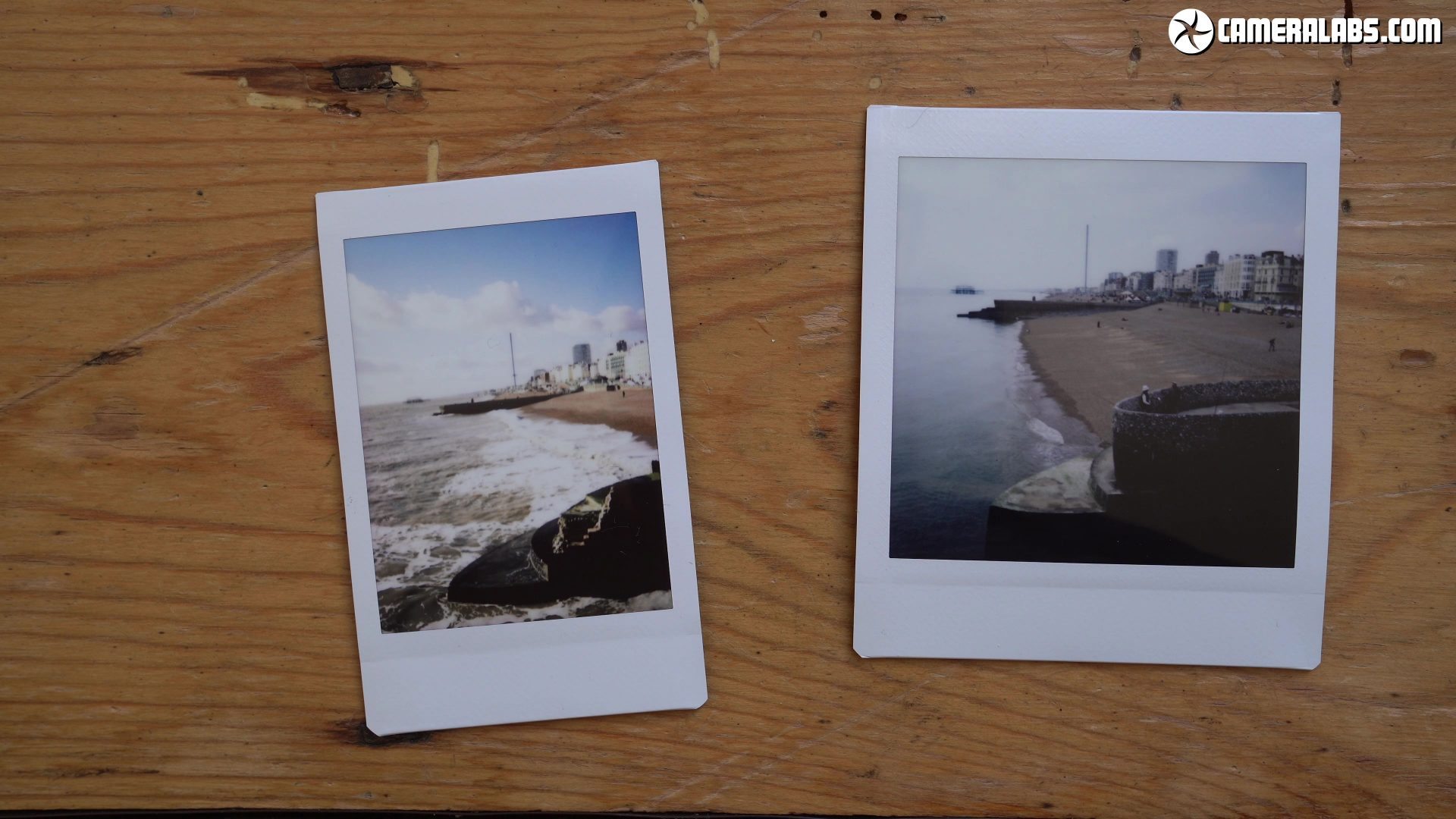
The INSTAX Mini 11 is a no-brainer if you’re after a low-cost instant camera, but I’d say the biggest decision is whether to go for it or one of Fujifilm’s INSTAX Square models. The INSTAX SQ6 seen above on the right looking like a giant Instagram logo, costs about half as much again, but outputs noticeably bigger square prints that are more reminiscent of classic polaroids. They’re the same height as the Mini format, but wider and it makes a surprising difference. I personally prefer the INSTAX square format, and you can check out my INSTAX SQ6 review if you’d like to find out more. Or if you prefer to print photos from your phone – or indeed any pictures you’ve copied onto it – check out the INSTAX Mini Link portable printer; I hope they produce a square version of that one soon. In the meantime though if you’re after the most capable budget instant camera, the Mini 11 takes the crown.
Check prices on the INSTAX Mini 11 at Amazon, B&H, or Wex. Alternatively get yourself a copy of my In Camera book or treat me to a coffee! Thanks!
 The
The 



